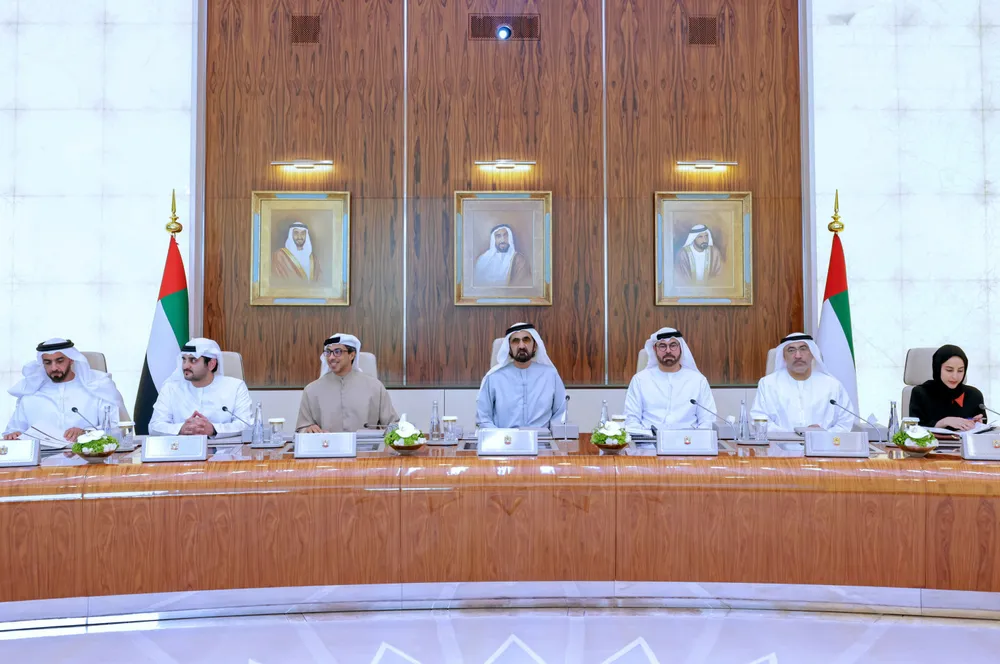UAE targets 15 million tonnes of green hydrogen production by 2050 as it approves national H2 strategy
Emirati government aims for at least two hydrogen "oases", but details are still under wraps

Emirati government aims for at least two hydrogen "oases", but details are still under wraps
